Jinbei and More Amazing Japanese Clothes for Men!

Savannah Walker
Posted on July 25, 2024
Share:

Let’s dive into Japanese men’s summer fashion, where comfort meets elegance. Jinbei offers relaxed charm for sunny days, while haori adds a touch of refinement to any outfit. These traditional garments reflect rich cultural heritage and timeless appeal, captivating admirers worldwide.
Join us as we explore the beauty and versatility of these beloved pieces, celebrating their lasting impact on fashion and style and uncovering the stories behind their enduring popularity.
Jinbei
Let’s delve into the epitome of casual sophistication: the jinbei. Initially crafted for leisure and comfort, the jinbei has become a versatile staple of contemporary summer fashion. With its airy short sleeves and breezy shorts providing optimal ventilation, it ensures comfort whether you’re lounging at home, exploring lively summer festivals, or simply enjoying the sun outdoors.

The jinbei combines comfort with a traditional charm, making it a must-have for embracing the season with relaxed elegance. Reflecting Japanese cultural aesthetics, the jinbei blends comfort, functionality, and traditional craftsmanship, embodying a sense of casual sophistication that resonates with modern fashion trends.
Hakama
The next piece we will explore is a hakama—a garment that exudes timeless grace and reverence. Traditionally paired with kimonos, hakama has become a dignity symbol worn at formal events and cultural ceremonies. Its flowing, pleated trousers provide elegance and unrestricted movement, blending tradition with modern style.
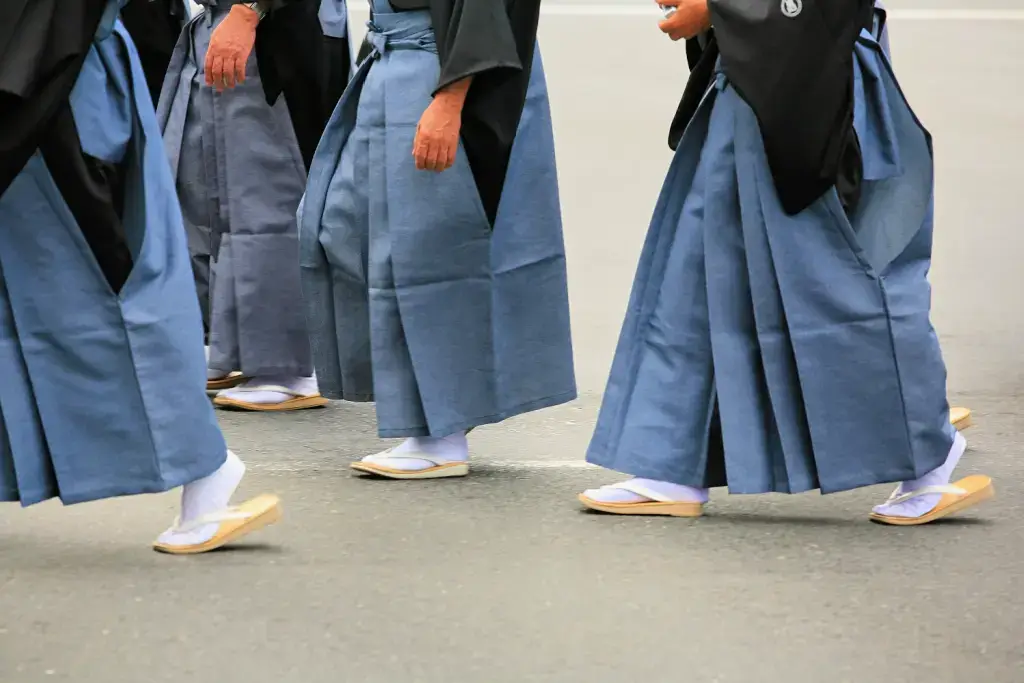
Deeply rooted in Japanese culture, hakama carries an aura of sophistication. It’s favored for both its aesthetic appeal and practicality. Worn during martial arts demonstrations and festive celebrations, hakama seamlessly combines traditional grace with contemporary flair. This versatile garment embodies the essence of Japanese attire, balancing historical significance with modern relevance.
Yukata
The yukata, a lightweight summer kimono, holds a special place in Japanese culture. Traditionally made from cotton or synthetic fabrics, it offers comfort in warm weather while maintaining an air of elegance. Yukata are most commonly associated with summer festivals, particularly hanabi (fireworks displays), where their vibrant patterns add to the festive atmosphere.
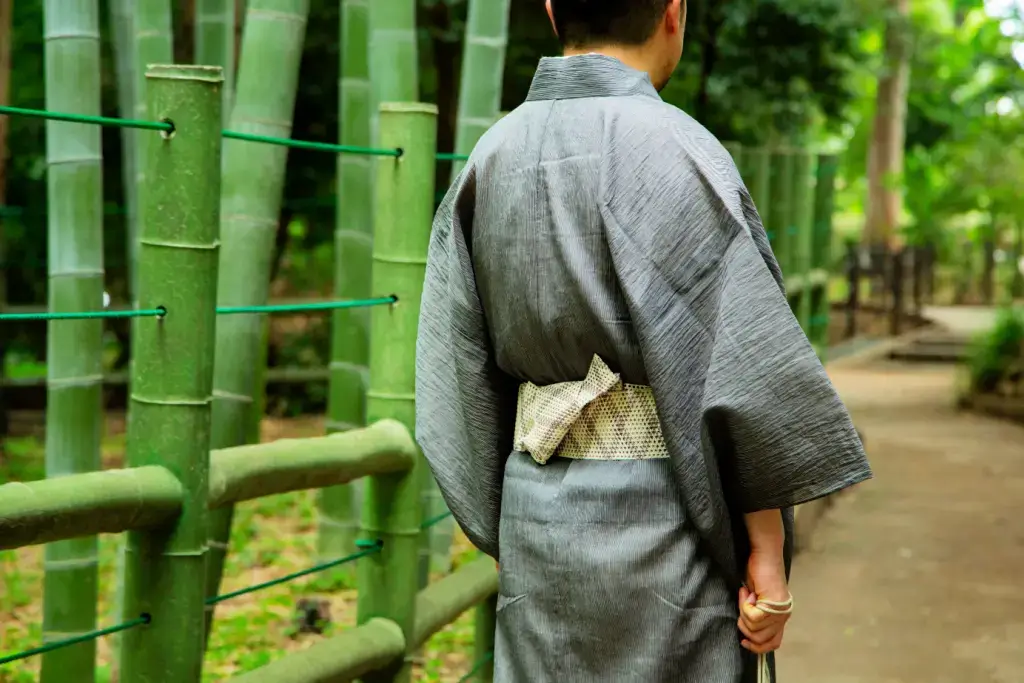
Unlike formal kimonos, yukata are relatively simple to wear, making them accessible to Japanese people and visitors. They come in various colors and designs, from traditional floral motifs to more modern, abstract patterns. For women, yukata are typically paired with an obi (sash) and geta (wooden sandals), while men’s styles are more subdued and worn with a narrower sash.
Beyond festivals, yukata are worn at ryokan (traditional inns) and onsen (hot springs), serving as comfortable loungewear. This versatility highlights the yukata’s role in both celebratory and relaxation contexts. As a symbol of summer in Japan, the yukata embodies the season’s spirit of lightness and joy, blending tradition with contemporary style in a uniquely Japanese fashion.
Are you looking for artisanal snacks this summer? Try out Sakuraco! Sakuraco delivers traditional Japanese snacks, teas, sweets, and snacks from Japan to your door every month so that you can enjoy Japan’s taste anywhere!
Haori
A haori is a classic Japanese outerwear garment traditionally worn over a kimono during formal occasions, renowned for enhancing any ensemble with a touch of refinement. Evolving into a versatile piece, the haori seamlessly blends traditional craftsmanship with modern fashion sensibilities.
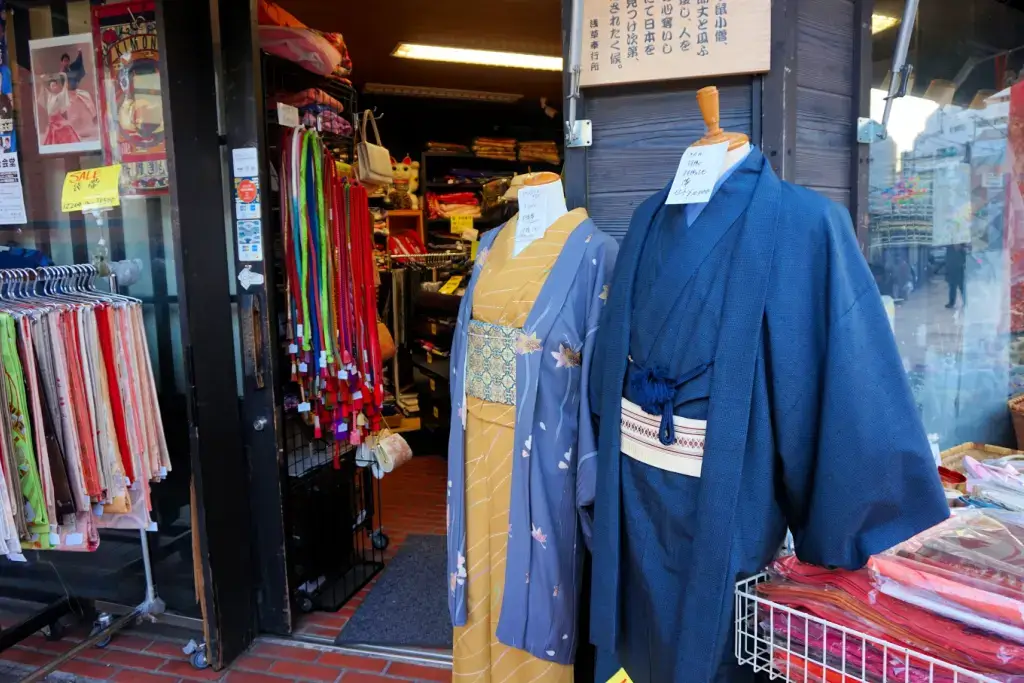
Haori features a diverse array of patterns and vibrant colors. Each serves as a canvas for personal expression, elevating summer wardrobes with sophistication and cultural charm. Worn casually or for formal events, haori enhances outfits with timeless aesthetics and artistic flair. They are indispensable for those who appreciate both style and tradition in their attire.
Geta
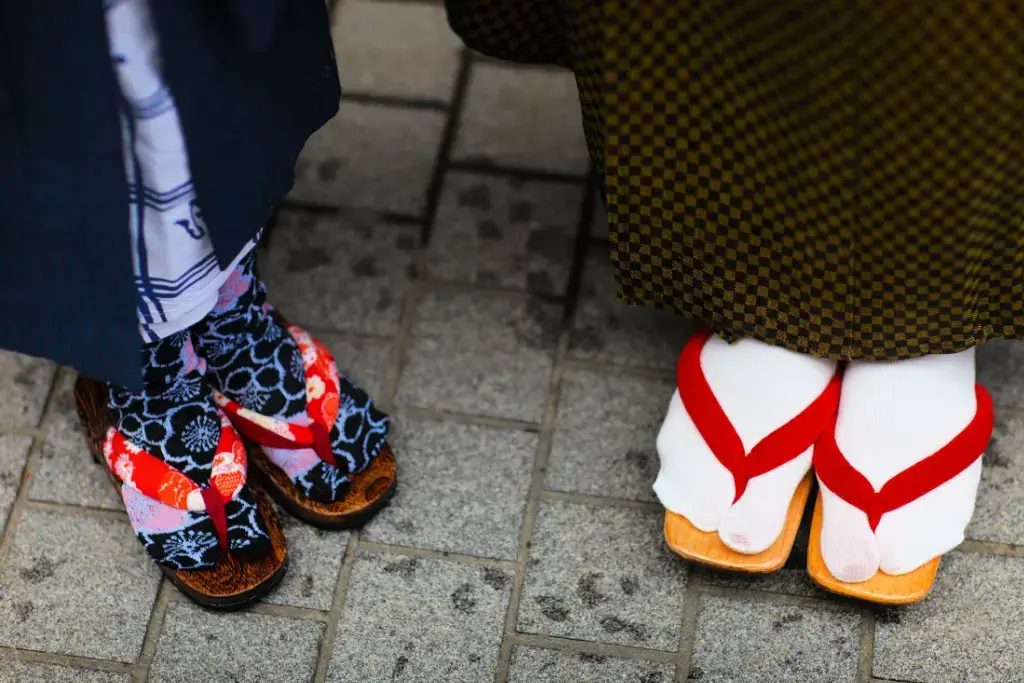
Completing our ensemble are geta, traditional wooden sandals that add both style and functionality to any outfit. Featuring a unique thong design and elevated wooden base, geta offers exceptional comfort and ventilation on sunny summer days. Beyond mere footwear, they represent a cultural statement, seamlessly blending traditional craftsmanship with modern comfort. Ideal for strolling through lively festivals or exploring vibrant city streets, geta elevate your look, whether paired with a yukata or casual attire, embodying the spirit of Japanese tradition with every step.
Why should I try summer clothes like jinbei?
You should try these Japanese summer clothes because it is not only about the comfort and style these garments provide; it is about honoring a cultural legacy that spans centuries. Each piece—whether it is the relaxed jinbei perfect for lazy summer days, the dignified hakama exuding timeless elegance, the festive yukata with its colorful patterns and joyful spirit, or the refined haori adding a touch of sophistication—each piece tells a compelling story of craftsmanship and tradition.
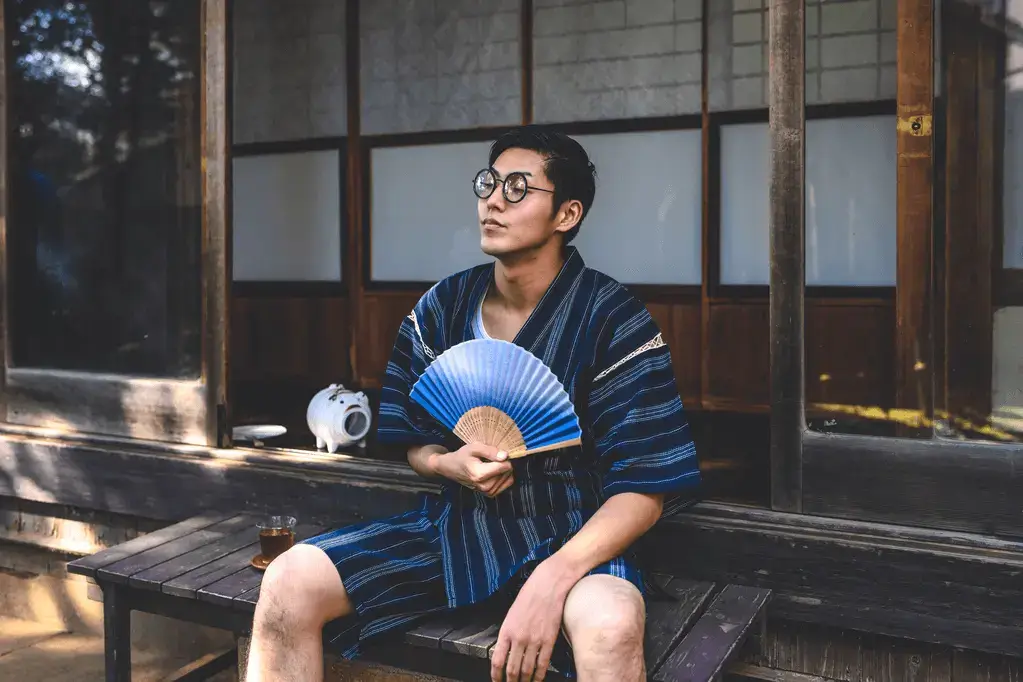
By wearing these garments, you’re not just dressing for the season; you’re immersing yourself in a vibrant tapestry of Japanese heritage that continues to captivate and inspire, inviting you to embrace both the past and present in every stylish stitch.
As you curate your summer wardrobe, consider the allure of Japanese men’s summer fashion—a blend of comfort, elegance, and cultural richness. Which piece resonates with you the most? Have you ever tried any of these Japanese outfits or want to in the future? We invite you to share your thoughts and experiences with these exquisite Japanese garments in the comments below. Let us celebrate together the artistry and tradition of Japanese men’s summer attire this summer!

Discover authentic flavors with Sakuraco
Get Sakuraco 

Discover authentic flavors with Sakuraco
Get Sakuraco 
Related Articles
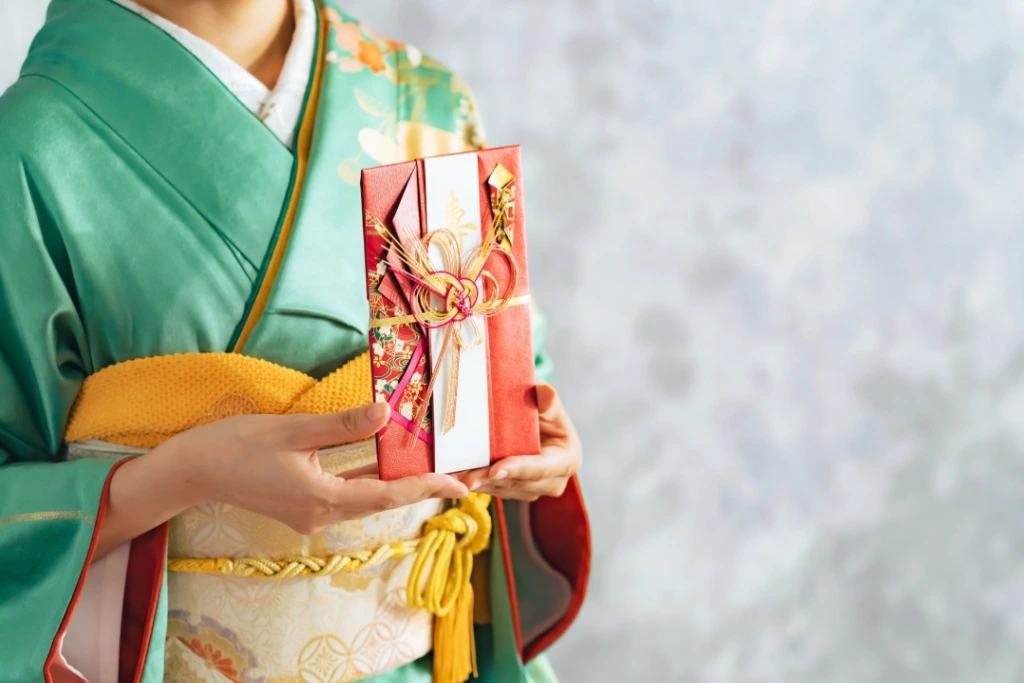
Money Envelopes in Japan: Exploring the World of Shugi Bukuro
Attending a Japanese wedding or celebratory event for the first time can be daunting, especially when it comes to gift-giving. Although it may seem complicated, we’ll break it down so that you have nothing to worry about.

Japanese Head Spa: What’s The Amazing Secret?
In Japan, self-care is deeply ingrained in culture, and among the many treatments gaining attention worldwide, the Japanese head spa stands out. Unlike regular shampoo treatments, head spas combine deep cleansing, gentle massage, and aromatherapy to refresh both the scalp and the mind.

Snowy Village of Hokkaido: The Wonderful Tale of Shikaribetsuko
Every winter, deep in Hokkaido’s Daisetsuzan National Park, a snowy village known as Shikaribetsuko Kotan appears on the surface of Lake Shikaribetsu. Built entirely from ice and snow, this temporary settlement offers a one-of-a-kind experience set amidst untouched natural surroundings.
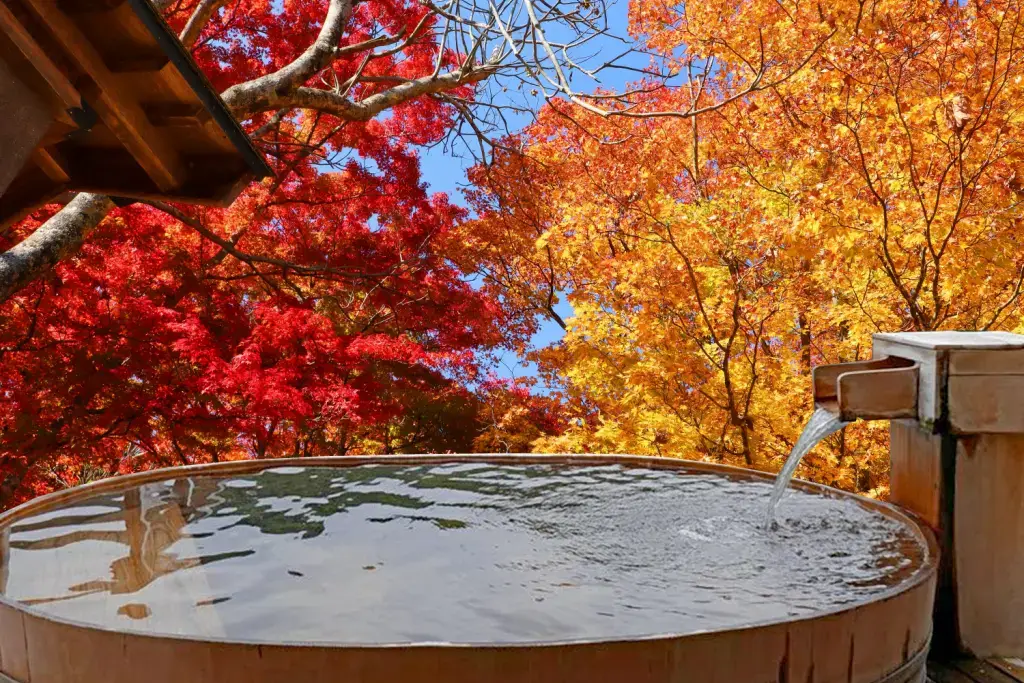
Rotenburo: Discover the Wonderful Open-Air Hot Spring
In Japan, few experiences capture the nation’s love for nature and relaxation quite like the rotenburo. These outdoor baths enable visitors to soak in naturally heated water while surrounded by lush forests, majestic mountains, or the serene sea.



